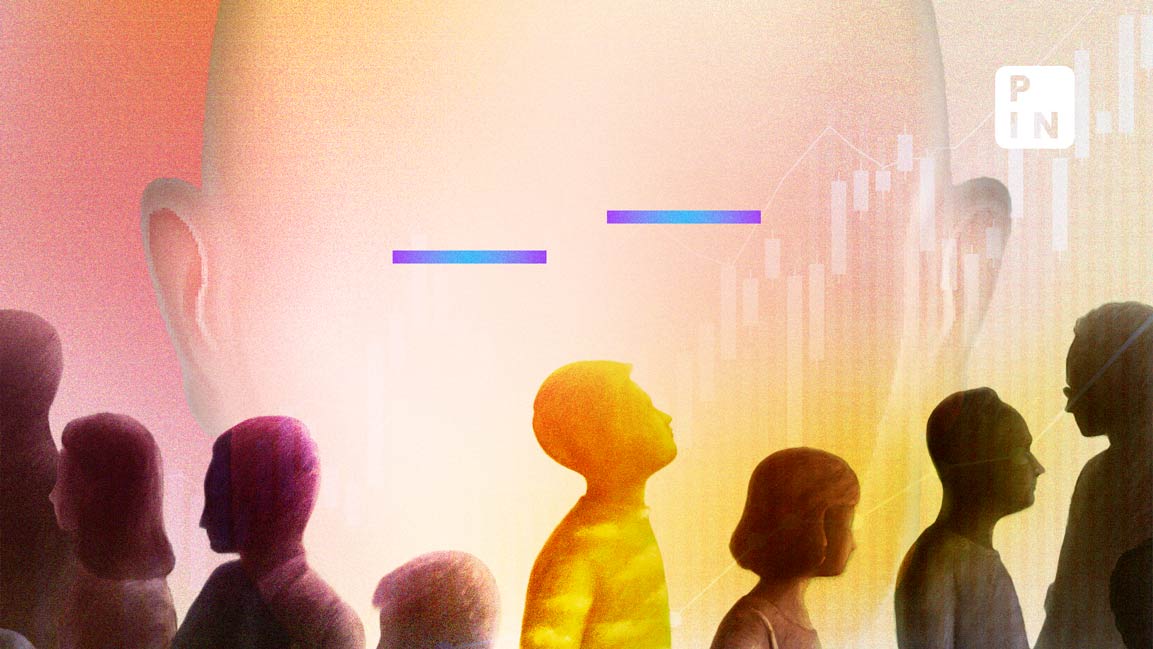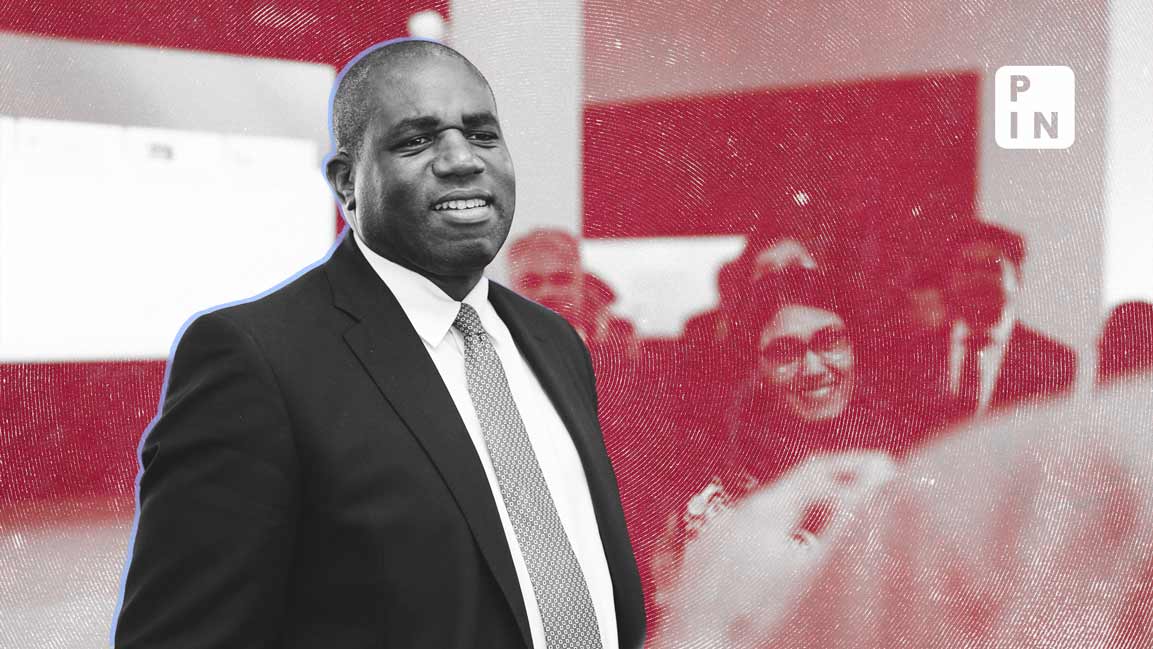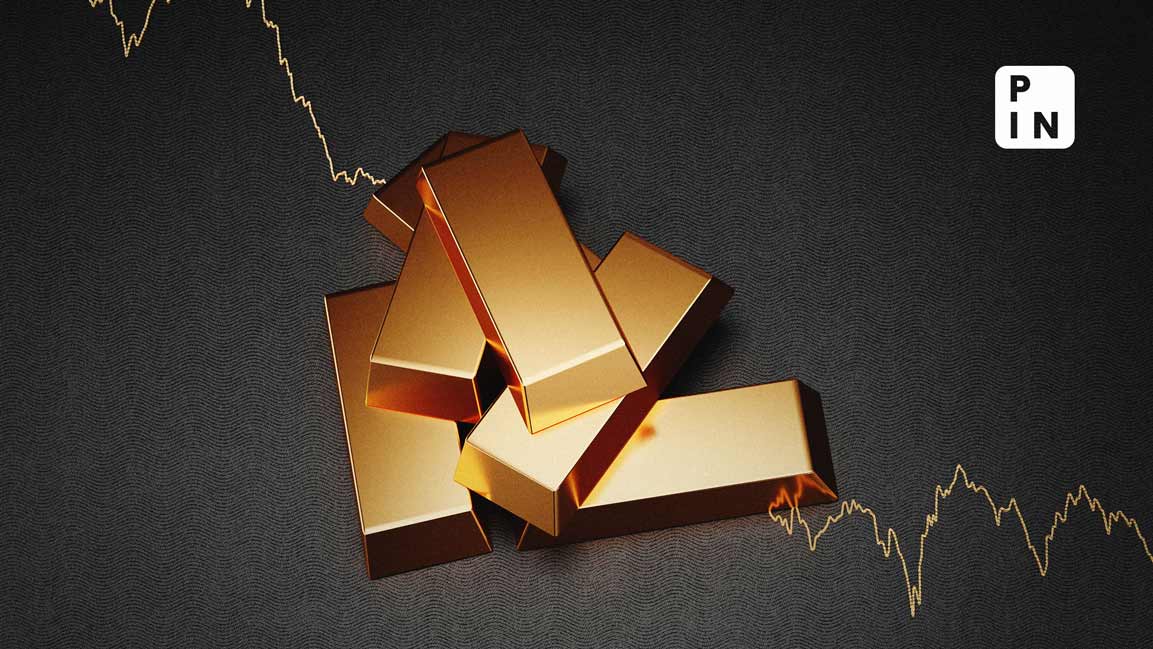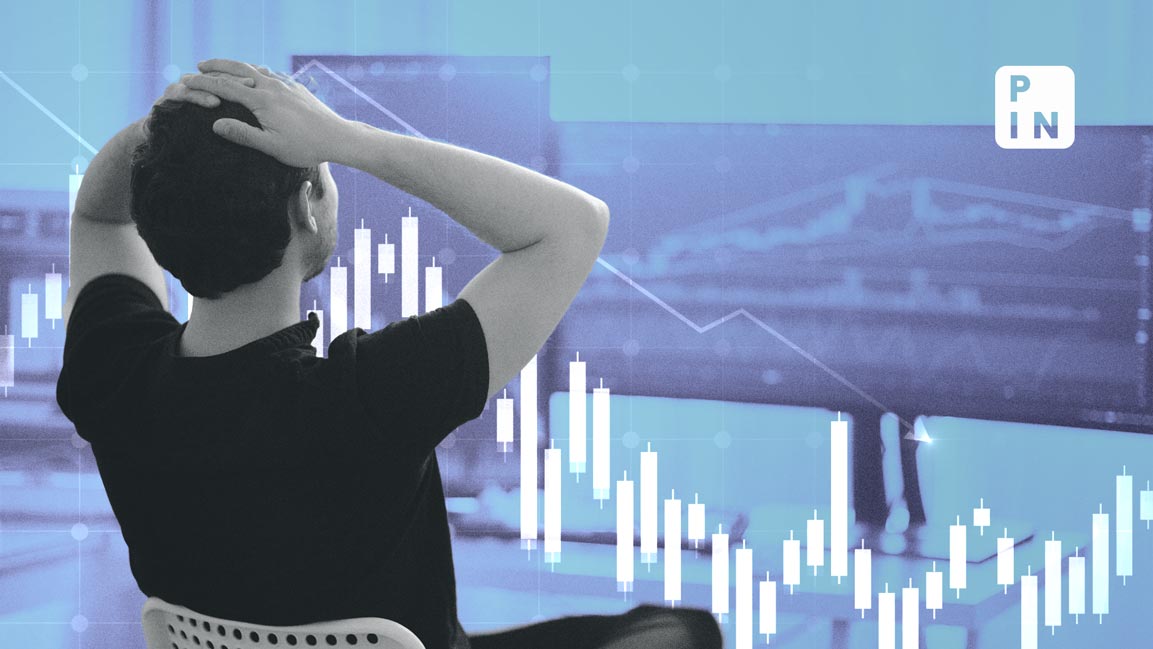- | 3:25 pm
India climbs one spot to 134th in UN’s human development index
The HDI is a single number summarizing a country's development in three key aspects: health, education, and living standards

India improved its ranking on the human development index (HDI) in 2022, climbing one position to 134th out of 193 countries.
The HDI is a single number summarizing a country’s development in three key aspects: health (life expectancy), education, and living standards.
The report, titled ‘Breaking the gridlock: Reimagining cooperation in a polarized world’ showed that for India, life expectancy increased to 67.7 years, while educational attainment, measured by expected years of schooling, now stands at 12.6 years.
Additionally, the Gross National Income (GNI) per capita has risen to $6,951 from $6,542.
“Between 1990 and 2022, India’s HDI value changed from 0.434 to 0.644, a change of 48.4 percent,” the report said.
The country’s ranking on the Gender Inequality Index (GII) also jumped significantly from 122nd in 2021 to 108th in 2022. The GII measures gender inequalities by three factors: reproductive health, empowerment, and labor market.
This progress is particularly evident in the area of reproductive health, with a decline in the adolescent birth rate.
Notably, India’s GII value of 0.437 surpasses both the global and South Asian averages.
“This highlights the country’s commitment over time to not only accelerating economic growth but also improving the quality of life for all its citizens. But there is room for improvement. With a renewed focus on women-led development, and digital public goods for people and planet, I am confident India can further unlock socio-economic progress, paving the way for a brighter and more equitable future for all,” said Caitlin Wiesen, resident representative for UNDP India.
However, a significant gender gap persists in the labor force participation rate where women’s participation stands at a mere 28.3%, compared to 76.1% for men.
The report also shows a concerning picture of a growing divide between wealthy and developing nations.
As the HDI is expected to reach new highs globally in 2023 after dipping in the previous two years, the report shows a disparity in the pace of development where rich nations are surging ahead, experiencing exceptional economic growth and surpassing pre-pandemic levels.
On the other hand, half of the world’s poorest nations haven’t managed to regain the development progress they lost due to the pandemic.
Nearly 40% of global trade in goods is dominated by just a handful of countries and the combined market value of the top three tech giants in 2021 exceeded the GDP of over 90% of countries worldwide.
This trend results in a 31.1% loss in HDI for India due to global inequality, which lowers the HDI to 0.444 in 2022.
“The widening human development gap revealed by the report shows that the two-decade trend of steadily reducing inequalities between wealthy and poor nations is now in reverse. Despite our deeply interconnected global societies, we are falling short. We must leverage our interdependence as well as our capacities to address our shared and existential challenges and ensure people’s aspirations are met,” said Achim Steiner, head of the UN Development Programme.













